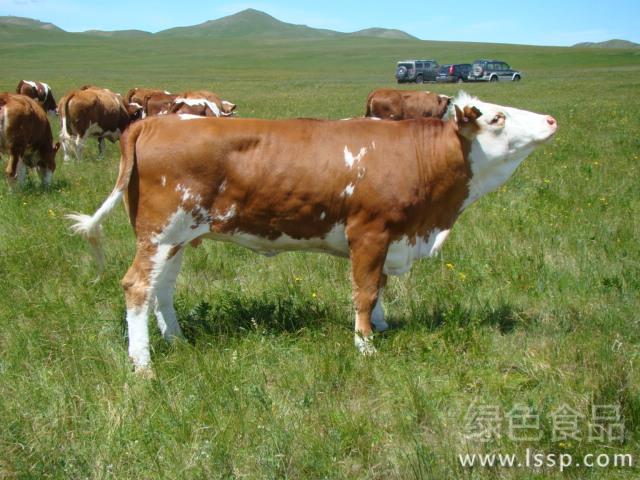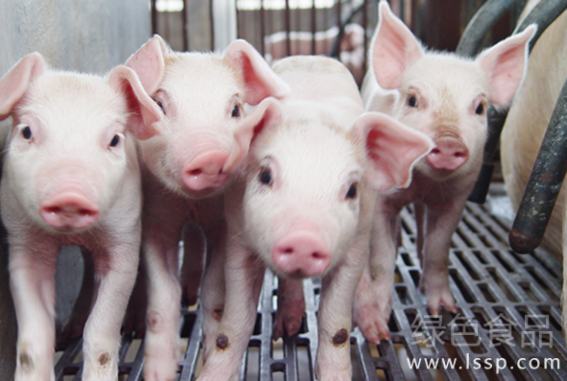Three-stage feeding measures for broilers with good benefit in stages
At present, chickens feed freely and give light day and night is a common feeding method for broilers. Although the feed supply is divided into stages, there are no restrictions on feeding and no attention to exercise and cultivation, resulting in a variety of metabolic diseases such as ascites, sudden death, leg disease and so on. In order to prevent diseases, chicken farmers continue to add drugs to the feed, resulting in drug residues in the chicken body, and the feeding cost increases and the benefit decreases. According to the physiological characteristics, the growing period of broilers is divided into three stages, different feeding, the effect is good.

Chicken
1. Three stages are divided:
According to the physiological characteristics of broilers, newly hatched chicks have short and sparse fluff and slightly lower body temperature. The body temperature increased after 4 days of age, and reached the body temperature of the chicken at the age of 10 days. The gastrointestinal volume of chicks is small, the digestive ability is poor, but the growth is fast. According to these physiological characteristics and growth rules, the growth period of broilers can be divided into three stages: the first stage, 0-14 days old, the second stage, 15-35 days old, and the third stage, 36 days old.
2. The main points of feeding in each stage:
In the first stage, the chicks have just been transferred from the hatchery to the rearing room, and some broilers are in a new environment after storage or long-distance transportation. The key point of this stage is to let chicks adapt to the new environment as soon as possible, reduce stress, reduce morbidity and improve growth rate. Because the body weight of 7-day-old broilers was positively correlated with the body weight of broilers.
In the second stage, the chicks have basically adapted to the new environment and entered the growing period. The key point of this stage is to improve the physique of chickens, promote the formation of chicken physique, promote the development of internal organs and the sturdiness of legs, so as to grow faster in the later stage and reduce the incidence of disease.
In the third stage, the physique of broilers has been formed, and the physique is strong and the metabolism is exuberant. At this time, the growth rate of broilers is the fastest, and the drugstore takes all measures to promote the intake, digestion and absorption of broilers, reduce exercise and reduce physical consumption, and the feed conversion rate reaches the maximum.
3. Measures in each stage:
The first stage, the first few days, high-quality drinking water such as 5% glucose + multi-dimensional (if necessary, plus preventive drugs), and the supply of small, digestible full-price feed. With small particles, it is better to feed less and add more frequently, and the amount of feed accounts for 1 move 2 or 1 stroke 3 in the trough. When giving light, the first day, 24 hours light, light intensity, 4 watts per square meter, and then gradually reduce the light time to transition to natural light.
Broiler chicken
In the second stage, according to the growth of broilers, the feed volume was increased and the concentration of energy and protein in the feed was reduced by about 10%, but vitamins, trace elements and minerals in the feed were supplied according to or slightly higher than the standard. Feeding method: feed regularly 3 times a day. In terms of management, pay attention to sports, such as gently driving broilers with bamboo poles at night to increase the amount of activity and achieve the purpose of exercise. The light intensity can be increased appropriately, which is beneficial to exercise and reduce disease.
The third stage, high-quality fertilizer, full price of nutrition, high energy, suitable egg energy ratio. When compounding feed, we should pay attention to: ① raw materials are diversified and low fibrosis; ② is added with 30.5% animal and vegetable oils; ③ uses pellets as far as possible. The number of times of feeding should be increased from 3 times a day to 5 times a day, or feed freely and keep the feed trough to satisfy the feeding of broilers. In terms of management, under the premise of not affecting the health of chickens, reduce exercise, cooperate with low light, long light time. The feeding density is adjusted in time, the density is too high, which affects feeding and rest, resulting in uneven development of broilers, dirty air, excessive humidity, deterioration of environmental hygiene and poor fattening effect. In general, the feeding density is 12: 15 / m2 in winter and 8: 10 / m2 in summer. At the same time, pay attention to keep the chicken house ventilated, the temperature is about 18 ℃, and the relative humidity is 55%.
- Prev

Technical points of rich nutrition of distiller's grains as fattening dregs for fattening cattle
Technical points of rich nutrition of distiller's grains as fattening dregs for fattening cattle
- Next

How to raise and manage pigs with proper management and benefits
How to raise and manage pigs with proper management and benefits
Related
- On the eggshell is a badge full of pride. British Poultry Egg Market and Consumer observation
- British study: 72% of Britons are willing to buy native eggs raised by insects
- Guidelines for friendly egg production revised the increase of space in chicken sheds can not be forced to change feathers and lay eggs.
- Risk of delay in customs clearance Australia suspends lobster exports to China
- Pig semen-the Vector of virus Transmission (4)
- Pig semen-the Vector of virus Transmission (3)
- Five common causes of difficult control of classical swine fever in clinic and their countermeasures
- Foot-and-mouth disease is the most effective way to prevent it!
- PED is the number one killer of piglets and has to be guarded against in autumn and winter.
- What is "yellow fat pig"? Have you ever heard the pig collector talk about "yellow fat pig"?

